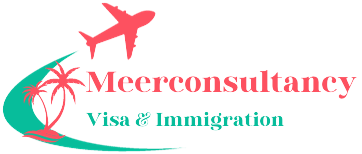

The United States, renowned for its world-class educational institutions and diverse cultural tapestry, stands as a beacon of academic excellence for international students. Whether you aspire to study in the bustling cityscapes of New York, the sun-soaked campuses of California, or the historic halls of Boston, the U.S. offers a wide array of educational experiences to cater to your unique interests and ambitions.
Navigating the path to studying in the United States involves understanding visa requirements, choosing the right institution, and embracing the rich cultural diversity that defines this nation. Our “Study In United States” page is your gateway to comprehensive information on pursuing your academic dreams in the U.S., from visa procedures to insights into campus life.
To study in the United States, you typically need an F-1 student visa. First, you must be accepted into a Student and Exchange Visitor Program (SEVP)-certified school. After receiving the Form I-20 from your school, you can apply for an F-1 visa at the U.S. embassy or consulate in your home country. You’ll need to pay the SEVIS fee, complete a visa application, attend an interview, and provide financial documentation to demonstrate your ability to cover tuition and living expenses.
Yes, international students with an F-1 visa are generally allowed to work part-time on-campus during the academic year and full-time during school breaks, such as summer vacations. Off-campus employment opportunities may also be available through Optional Practical Training (OPT) and Curricular Practical Training (CPT) programs. It’s essential to consult with your Designated School Official (DSO) to understand the specific rules and eligibility criteria for employment.
After graduating from a U.S. institution, international students have various options. They can apply for Optional Practical Training (OPT), which allows them to work in their field of study for up to 12 months (or up to 36 months for STEM graduates). Another pathway is to explore the H-1B visa program, which enables skilled workers to temporarily work in the United States. Additionally, some students may consider pursuing further studies, while others may apply for immigration programs like the Green Card Lottery or employment-based visas to seek permanent residency in the United States.

We are a team of dedicated experts in the field of visa and immigration services. Our mission is to assist you in navigating the complex process of obtaining visas and achieving your immigration goals with confidence.
© 2023 meerconsultancy.com All Rights Reserved Develop by HFA Services





